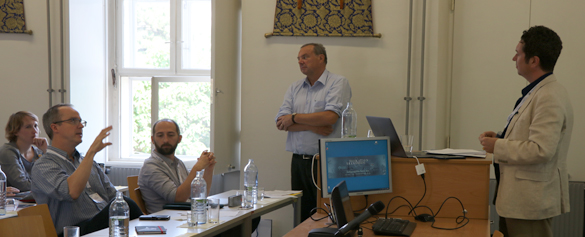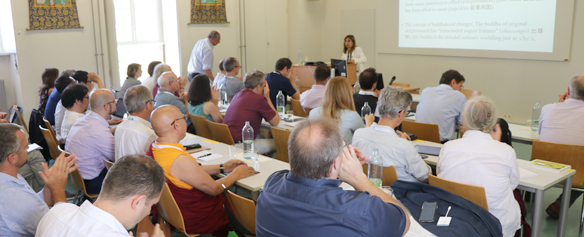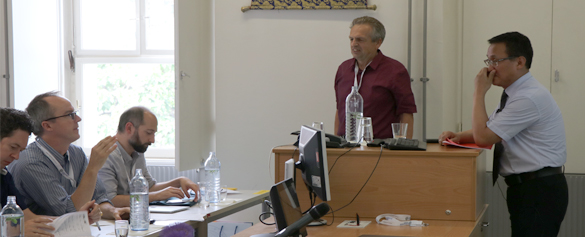Preliminary Notes on the Notion of Buddha Nature in the Single Intention
Gwen Witt Dorring2022-10-26T05:11:00-06:00‘Jig rten mgon po Rin chen dpal or ‘Jig rten gsum mgon (1143-1217) was one of the most influential figures in the intellectual milieu of 12th and 13th century Tibet. Although his teachings that were compiled by his students into the text corpus known as the Single Intention (dGongs gcig) were highly contested by some of his contemporaries, most famously by Sa skya Paṇḍita Kun dga’ rgyal mtshan (1182-1251), on the contrary, other scholars like ‘Gos Lo tsā ba gZhon nu dpal (1392-1481) reportedly based their Mahāmudrā hermeneutics and exegesis of the Uttaratantra on his works.
Even though there is no […]






